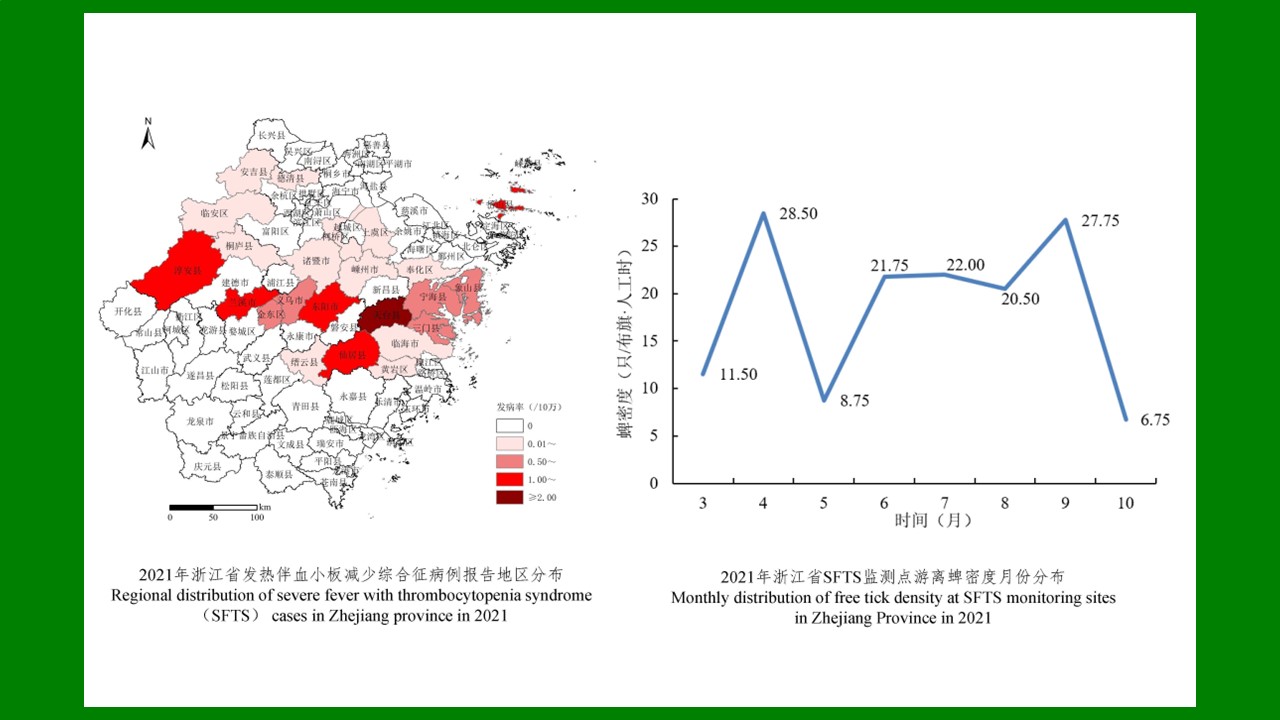 PDF(2575 KB)
PDF(2575 KB)


浙江省2021年发热伴血小板减少综合征报告病例及蜱媒监测结果分析
张乾通, 孙继民, 凌锋, 施旭光, 任江萍, 郭颂, 张蓉, 刘营
中国媒介生物学及控制杂志 ›› 2022, Vol. 33 ›› Issue (4) : 485-488.
 PDF(2575 KB)
PDF(2575 KB)
 PDF(2575 KB)
PDF(2575 KB)
浙江省2021年发热伴血小板减少综合征报告病例及蜱媒监测结果分析
 ({{custom_author.role_cn}}), {{javascript:window.custom_author_cn_index++;}}
({{custom_author.role_cn}}), {{javascript:window.custom_author_cn_index++;}}Analysis of reported cases of fever with thrombocytopenia syndrome and tick vectors surveillance results in Zhejiang province of China in 2021
 ({{custom_author.role_en}}), {{javascript:window.custom_author_en_index++;}}
({{custom_author.role_en}}), {{javascript:window.custom_author_en_index++;}}
| {{custom_ref.label}} |
{{custom_citation.content}}
{{custom_citation.annotation}}
|
/
| 〈 |
|
〉 |